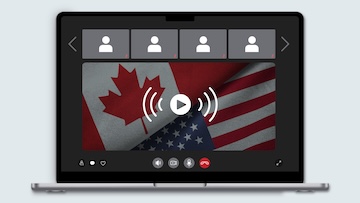On March 7, 2025, United States (U.S.) imposed an exemption under the International Emergency Economic Powers Act (IEEPA) (i.e., border and fentanyl) tariffs for goods imported from Canada that qualify for duty-free preferential treatment under the Canada-United States-Mexico Agreement (CUSMA). As of August 1, goods imported from Canada are subject to 35% U.S. IEEPA tariffs, with energy and potash subject to 10% U.S. IEEPA tariffs. There is no CUSMA-compliant exemption for U.S. sectoral tariffs imposed on imports of autos, steel, aluminum, and copper under Section 232 of the Trade Expansion Act.
For the vast majority of goods (over 98% of tariff lines and over 99.9% of bilateral trade between Canada and the U.S.), traders can claim preference under the CUSMA if they meet the Agreement’s rules of origin.
To qualify for preferential treatment when imported into the U.S., a good must meet the CUSMA rules of origin, which determine how much production must be undertaken in North America for goods to be considered originating under the Agreement.
If a good meets the rules of origin, it is not automatically granted duty-free tariff treatment. This benefit must be claimed by the importer on the basis of a certification of origin. Goods that do not satisfy the rules of origin are considered non-originating and are not eligible for preferential tariff treatment under the Agreement.
Some Canadian exporters have not sought preferential treatment under the CUSMA, because they previously traded with the U.S. under the broader tariff regime applicable to all World Trade Organization members (Most-Favoured Nation trade status), often with very low or zero tariff rates. These goods are now subject to the U.S. IEEPA (border and fentanyl) tariffs unless they meet the CUSMA rules of origin and make a claim for preferential tariff treatment.
